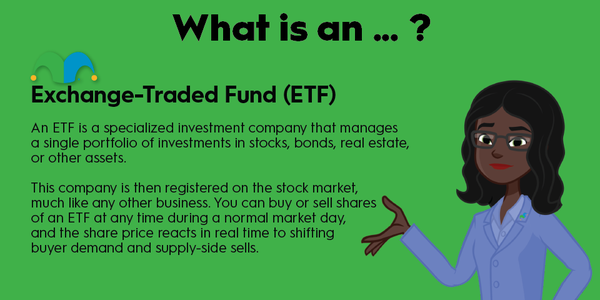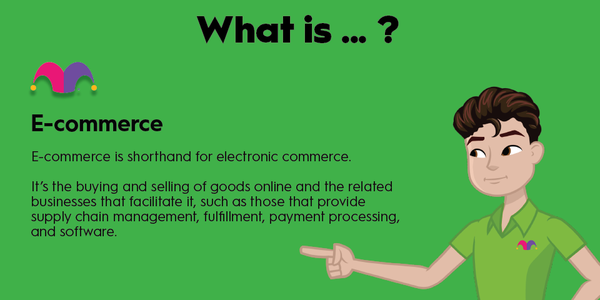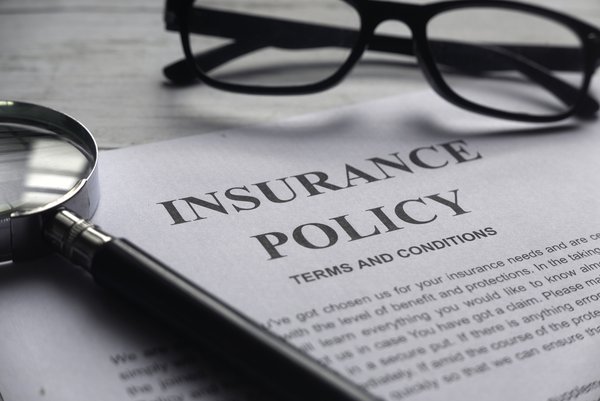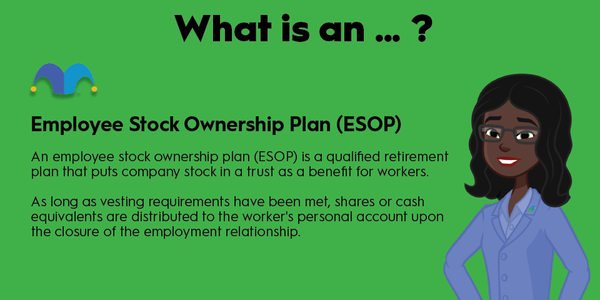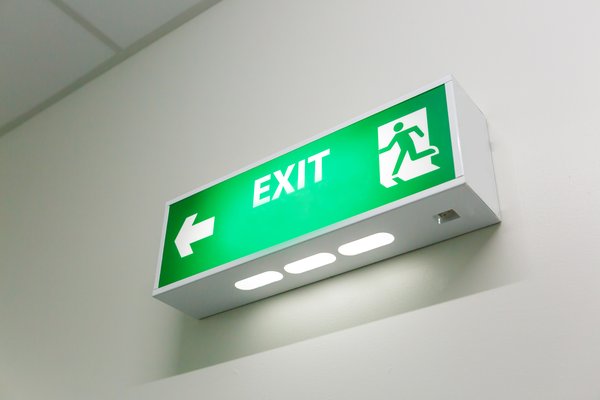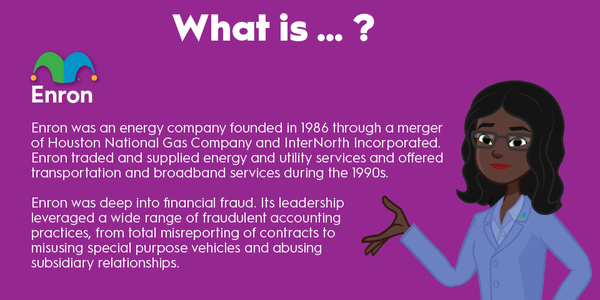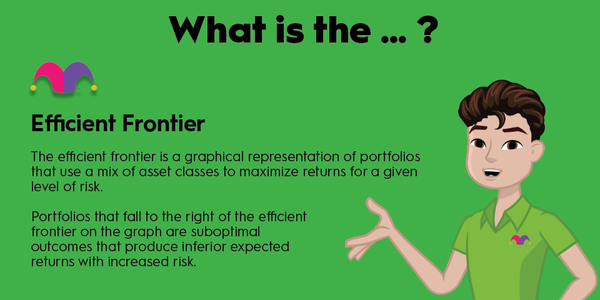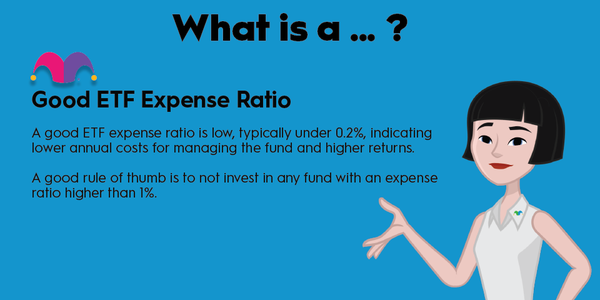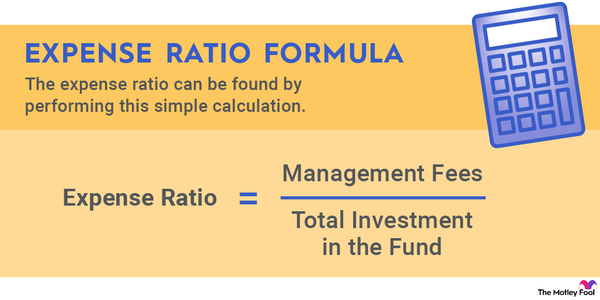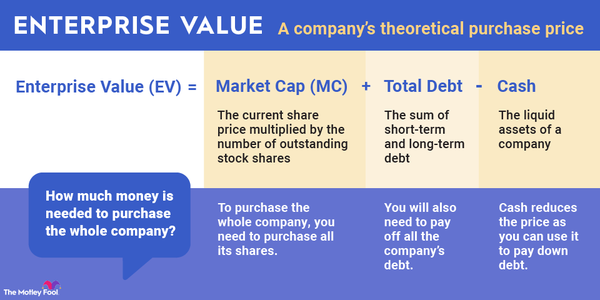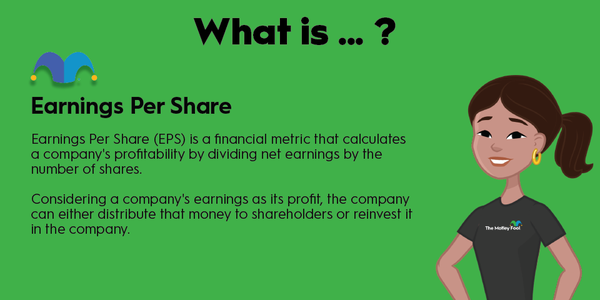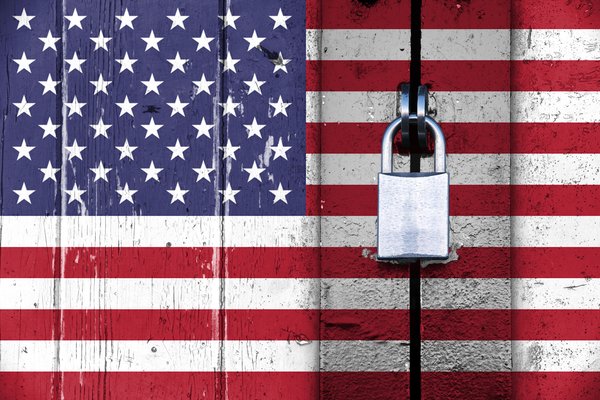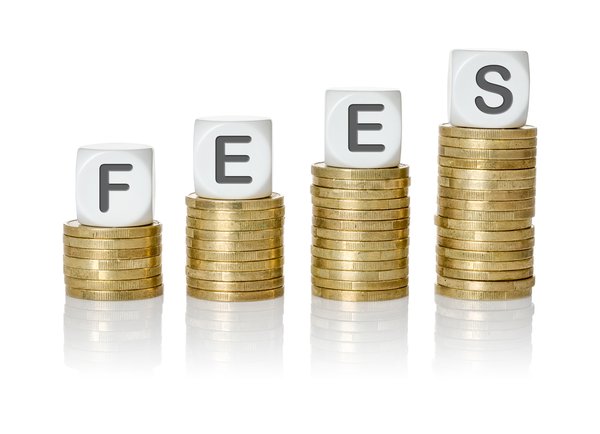When you're evaluating a potential company as an investment, the balance sheet matters, but it can also get very complicated. A simple way to look at a company's debt obligations is to examine its equity-to-asset ratio, a measure that can tell you the extent of a company's leverage. Read on to learn more about this means of judging a company's financial fitness.
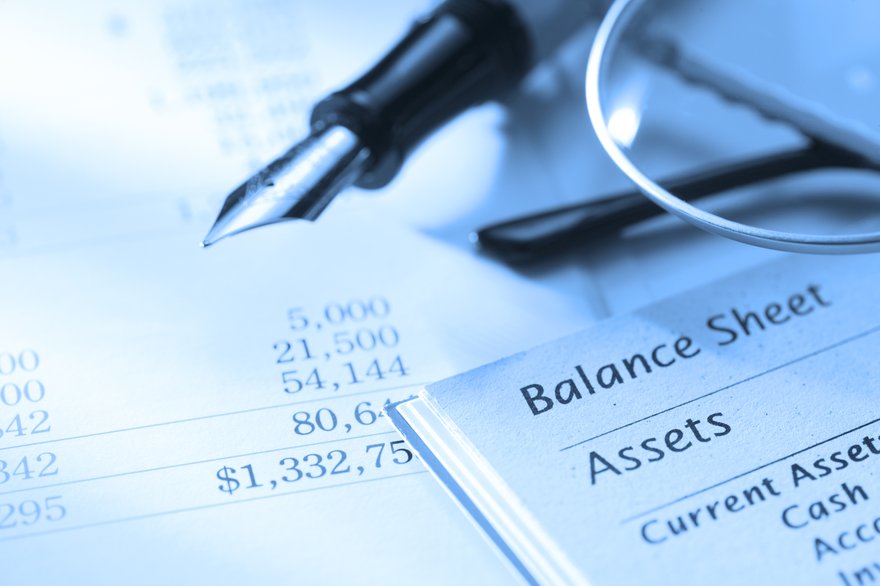
Definition
What is the equity-to-asset ratio?
The equity-to-asset ratio is a measure of how much of a company's assets are owned by investors and how much of a company's assets are leveraged. This is a really important ratio because you don't want to be investing in a company that's doing a lot of heavy borrowing just to stay in business.
If a company is instead looking to investors to help pay the bills, then it's owned by its owners and not effectively by its debtors. If a bankruptcy were to occur, the debtors would be taking a big chunk of the assets of a highly leveraged company, but the investors would get some amount of their investment back in a company that was primarily investor-funded.
Some companies have higher or lower equity-to-asset ratios, depending on the industry, so be sure to compare the company that interests you to its competitors so you can tell if the company is on par with the rest of the market.
How to calculate it
How do you calculate the equity-to-asset ratio?
The equity-to-asset ratio is very easy to calculate. Since equity is the difference between the value of the company's assets and liabilities, you'll first need both of those pieces of information. You'll be looking for total assets and total liabilities, both current and non-current.
To figure the equity-to-asset ratio, simply divide the value of your equity by the value of your assets. Equity is calculated by subtracting the total liability from the total value of your assets. For example, if you have $5 million in assets and $1 million in liabilities, you have $4 million in equity.
In this case, the formula for equity-to-assets in this case would be $4 million divided by $5 million, or 80%.
That looks like this.
First, calculating equity:
Equity = Total assets - total liabilities
= $5 million - $1 million = $4 million
Then calculating equity-to-assets ratio:
Equity-to-assets ratio = (Total equity / Total assets) x 100
= ($4 million / $5 million) x 100 = 80%
How to interpret it
Interpreting the equity-to-asset ratio
So you have the number now, but the ratio by itself doesn't really mean anything. Just because shareholders own 80% of the company's equity doesn't necessarily mean that's good; it might be terrible if the other companies in the industry tend to have equity-to-asset ratios around 90%. This is where investing gets tricky -- there are lots of ratios like this where you have to calculate the number not only for your company, but also for other companies like it.
But what does that mean? This is a question I had when I was first trying to learn how to compare companies. Often, companies have very notable rivals, which makes it a lot easier. Think Coca-Cola (KO 0.31%) vs. PepsiCo (PEP -0.41%), for example. But in other cases, they don't. In these situations, you can only do your best and try to perform the same calculation across the industry as consistently as possible. Compare companies that do one thing very well with similar companies that also do the same thing very well, and compare those that do many things that line up with others doing the same.
It'll never be perfect because nothing about investing is that mechanical; otherwise, it wouldn't be so tricky to get it right every single time. But the better you understand the company you're looking at, as well as its competition, the better you can judge how well it's really performing.
Related investing topics
Why it matters
Why the equity-to-asset ratio matters to investors
As mentioned above, the equity-to-asset ratio of a company gives you a general idea of how much of the company is actually owned rather than leveraged. The less debt a company has, the better that generally is for its longer-term health. There are exceptions, of course, but it's usually better to have less debt than more debt.
When you know that your company has 80% of its assets free of debt, you also know that 20% are encumbered. This can help you better plan if the ship starts to sink. Stockholders are often among the last to be compensated during a bankruptcy sale since debtors are generally first in line and may consume a great deal of the remaining value of the company while satisfying debt. If you're in doubt, choosing companies with high equity-to-asset ratios means you're more likely to have some kind of return -- even during bankruptcy -- than you would from a company with a very low equity-to-asset ratio.
However, this has to be a calculation you perform while looking at other things, too. There are no financial ratios that exist inside a vacuum. A company is generally a mix of good and bad, and you have to decide if the good outweighs the bad after all kinds of numbers are examined, including the equity-to-asset ratio.
